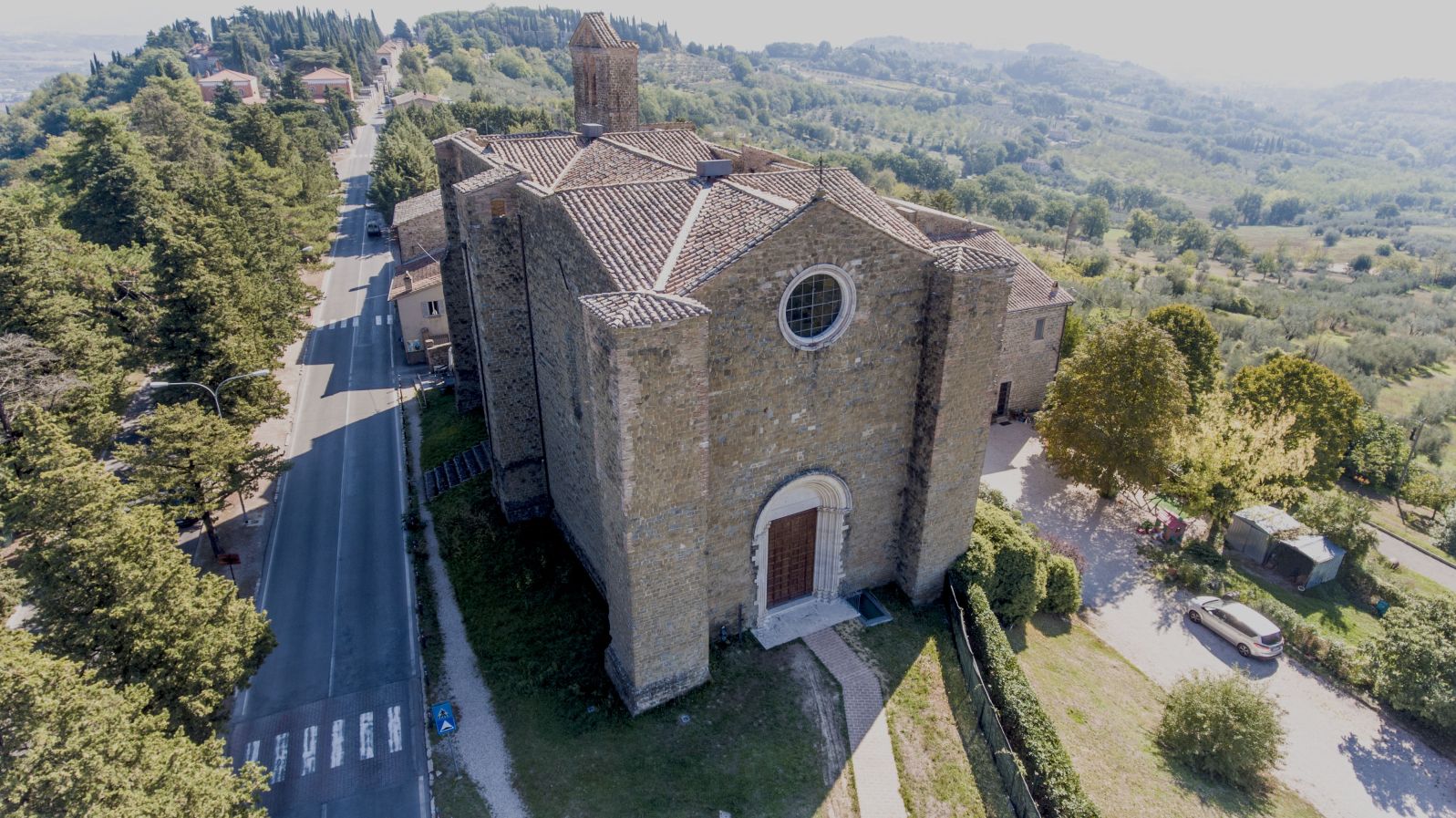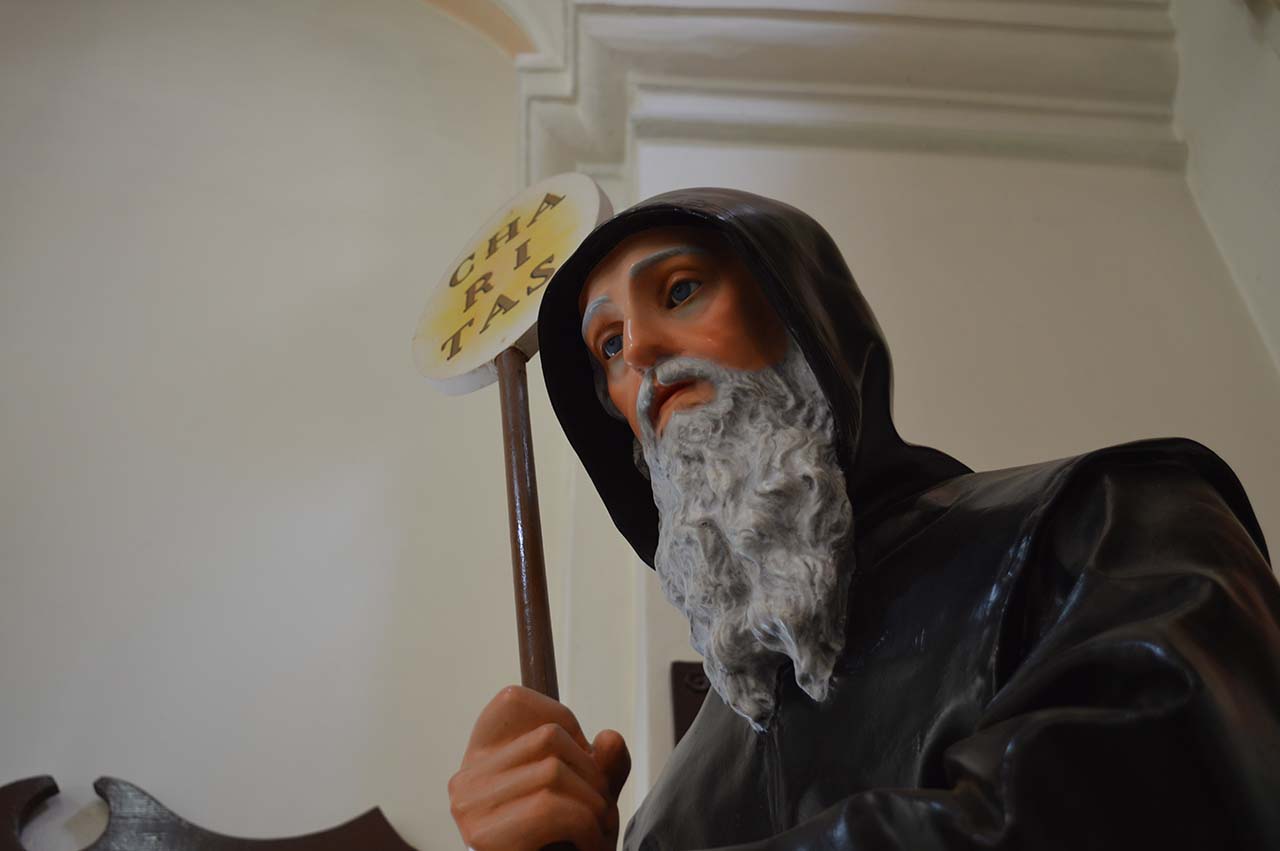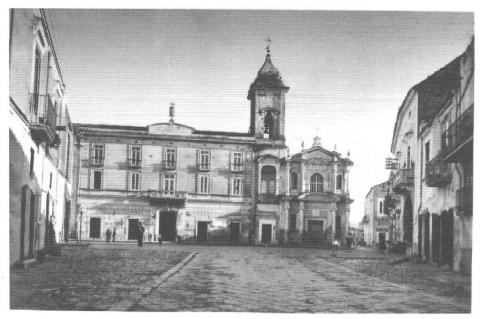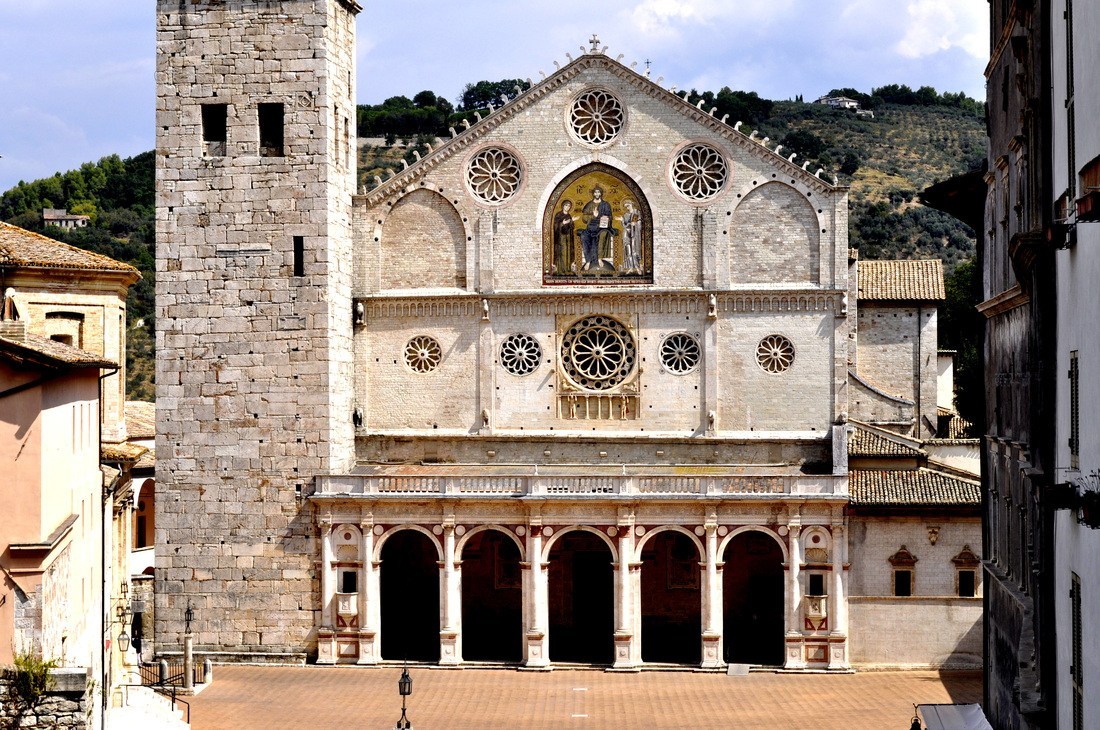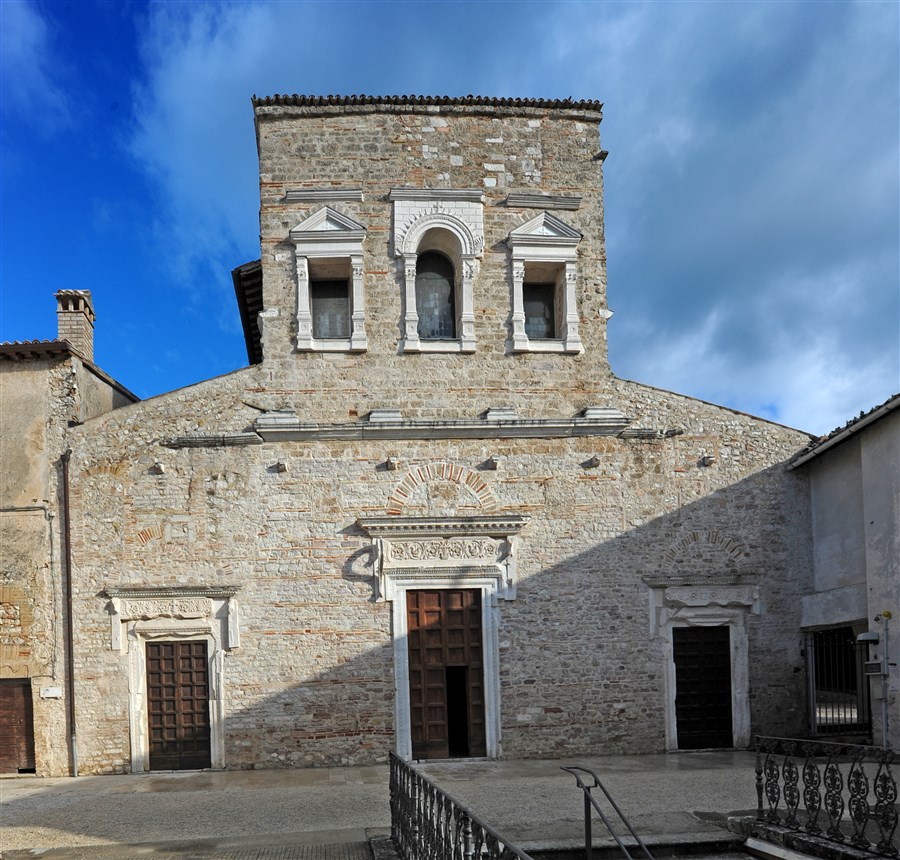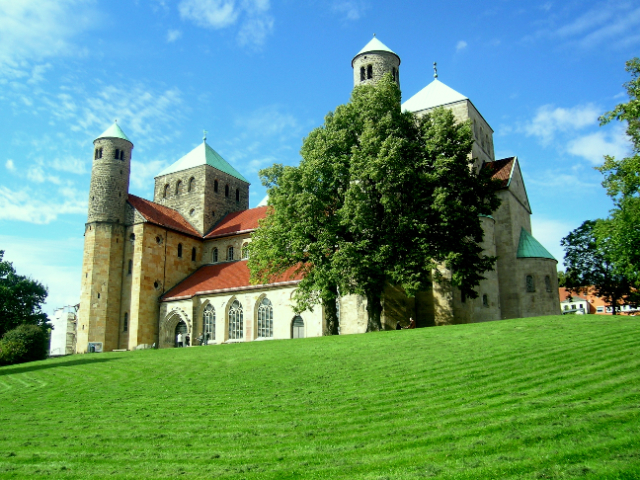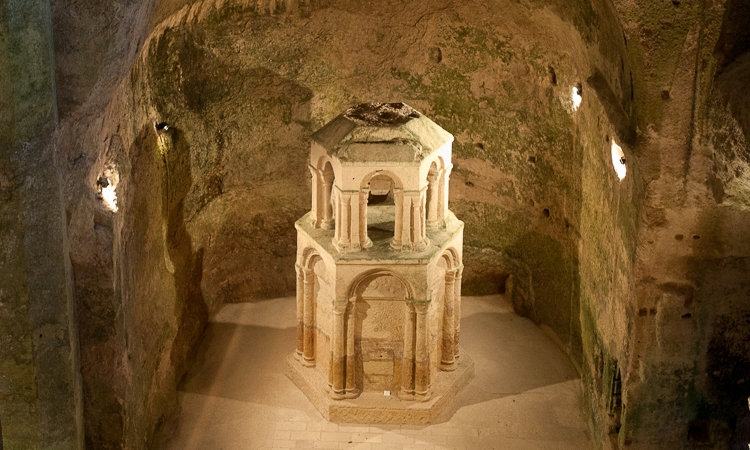The church of San Bevignate is located on the outskirts of Perugia, in Via E. Da Pozzo, opposite the monumental cemetery.
A complex series of factors contributed to its construction, around the middle of the 13th century: the movement of the flagellants of Raniero Fasani, who, starting from the Umbrian capital in 1260, spread everywhere in Italy; the new class of the people, who, having assumed the political preeminence, felt the need to legitimize themselves with their own temple and their own saint and chose the mysterious Bevignate, never canonized and of whom there is no certain documentation.Finally the numerous experiences of hermitic life settled in that area and the presence of the Templars who needed a new church to replace the one of San Giustino d’Arna. It was the Templars who managed to obtain the patronage of the building from the Pope.
After the destruction of the order, in 1312 the church passed to the Knights of San Giovanni Gerosolimitano, then to the nuns of San Giovanni and later to various brotherhoods until 1860, when it became state property and was entrusted to the Municipality of Perugia.
The church is unadorned externally according to the model of buildings built by the Templars in Palestine. Inside, it has a single nave with two spans covered by a cross vault and a raised square apse introduced by a triumphal arch. It preserves two-thirds century frescoes of great importance such as the Procession of Flagellants, the Fight between Templars and Muslims, the Legend of Saint Bevignate, on whose cloak there are graffiti engraved between the end of the 15th and the 16th century by pilgrims, believers and Templar knights.
